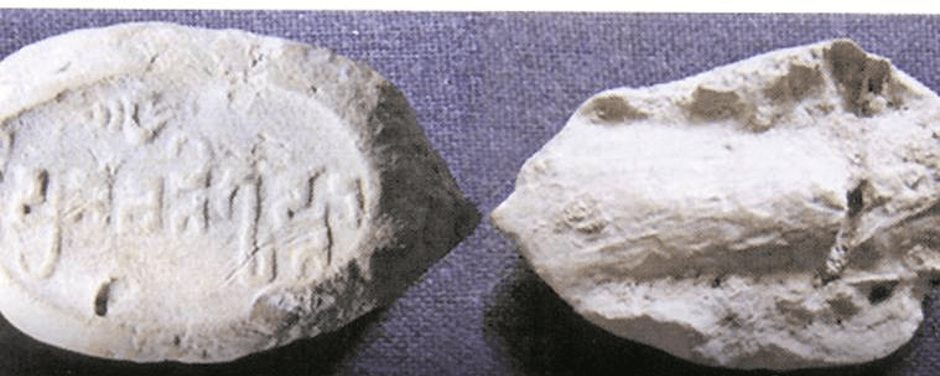7667766266
enquiry@shankarias.in
Nagardhan Excavations

Queen Prabhavatigupta
Vakataka dynasty
Dhanush Gun System
Sahana ( hemorrhagic septicemia)
Archaea
Sambhar Salt Lake
Bru-Reang Agreement
Measles
Bharat Parv 2020
Source: The Hindu, Indian Express, PIB